Letterboxd is an online community where movie lovers can track what they’ve watched, share opinions, and make long movie lists. With its companion app, the service has grown in popularity among film nerds since it was launched in 2011.
Fans of horror won’t be disappointed by Letterboxd’s endless insights into the genre. Its user-generated scores usually line up with, but sometimes challenge, film reviews on sites like Rotten Tomatoes and IMDb. Letterboxd’s top horror films include American classics, recent features, and foreign masterpieces. While some of these titles were lauded by critics upon release, others have grown in popularity over time.
Kwaidan (1964)
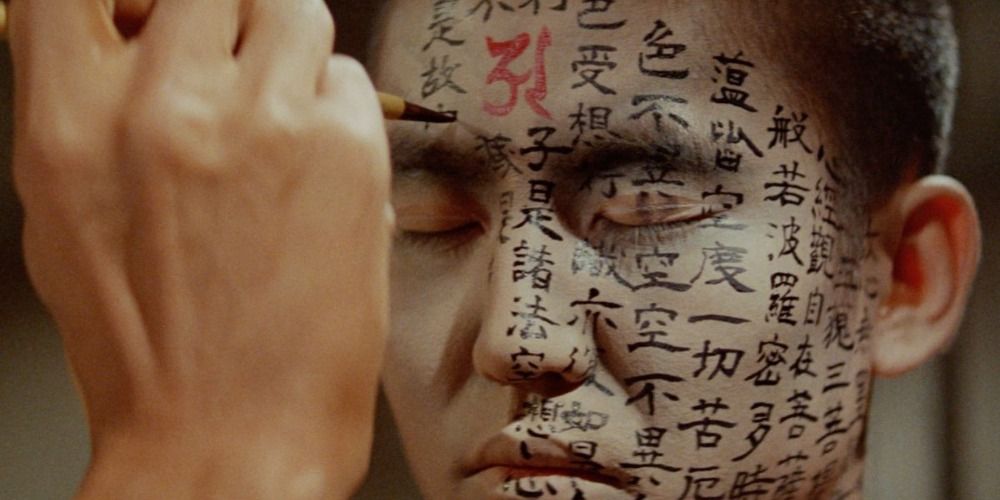
Kwaidan, which roughly translates to “ghost story” in English, is a classic Japanese anthology film directed by Masaki Kobayashi. Each of the movie’s four macabre tales involves haunting, avant-garde investigations of obsession, passion, and identity.
From samurai to blind musicians to stranded travelers, the fables come to life set against surreal backgrounds and environs. Ultimately, Kwaidan feels like one long fever dream.
Demons (1971)
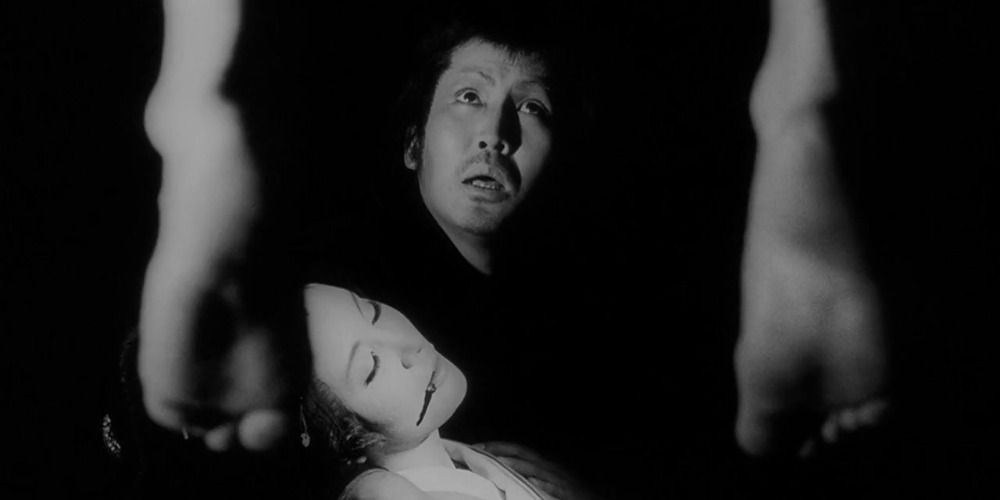
Experimental and fearless Japanese director Toshio Matsumoto is behind Demons, a blood-soaked foray into the dark world of samurai. Gengobe Satsuma, for 100 ryo, has a chance to rejoin his samurai clan to become the 48th Ronin against the Shogunate.
100 ryo is also the price Gengobe must pay to purchase the geisha he loves, a woman named Koman. Demons unleashes one tragedy after another onto its viewers as Gengobe realizes there is no humane way out of his quandary.
Get Out (2017)
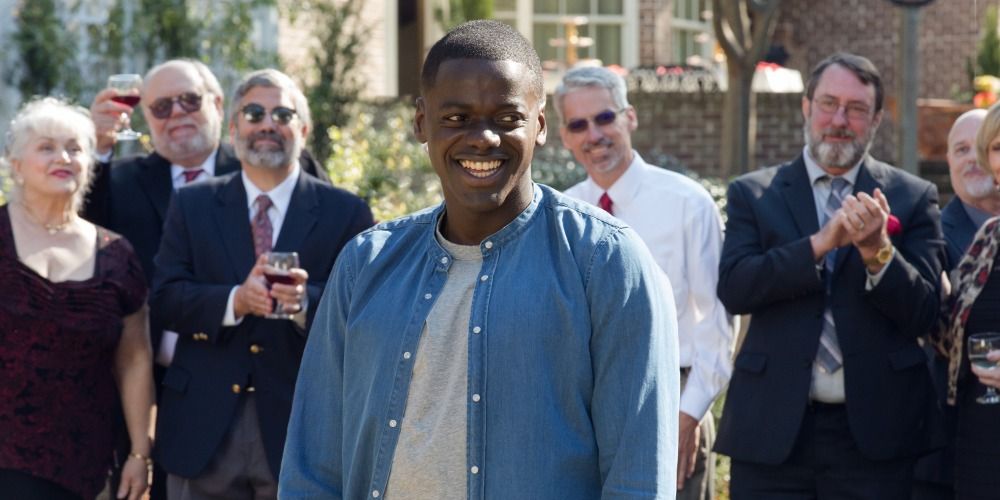
Jordan Peele revolutionized horror with Get Out, which stars Daniel Kaluuya as a photographer who finds himself in the center of a white, wealthy plot to kidnap and subjugate young, healthy black people. What Kaluuya’s character Chris believes is a visit to his white girlfriend’s (Allison Williams) family home for the weekend is actually part of an effort to auction Chris off to the highest bidder.
Using a combination of hypnotherapy and neurosurgery, Chris’s captors plan to supplant the buyer’s consciousness into the captive’s body – but Chris is ready to put a fight. Tense, bloody, and full of socially relevant ideas, Get Out proves that even the white liberals next door perpetuate the racialized violence people of color still contend with today.
Rosemary’s Baby (1968)
Rosemary’s Baby traces, with growing paranoia and anxiety, the pregnancy from Hell. Mia Farrow stars as the rosy-faced Rosemary, whose duplicitous husband Guy (John Cassavetes) sells his wife’s womb to the Satanists next door so he can get a chance to become a “real” actor.
It doesn’t take long into her pregnancy for Rosemary to realize there’s something wrong with the lifeform growing inside her. The film manages to dig deep into Rosemary’s frail psyche while leading audiences to the shocking conclusion that the poor woman was right all along; she was, in fact, inseminated by Satan against her will.
Kisapmata (1981)
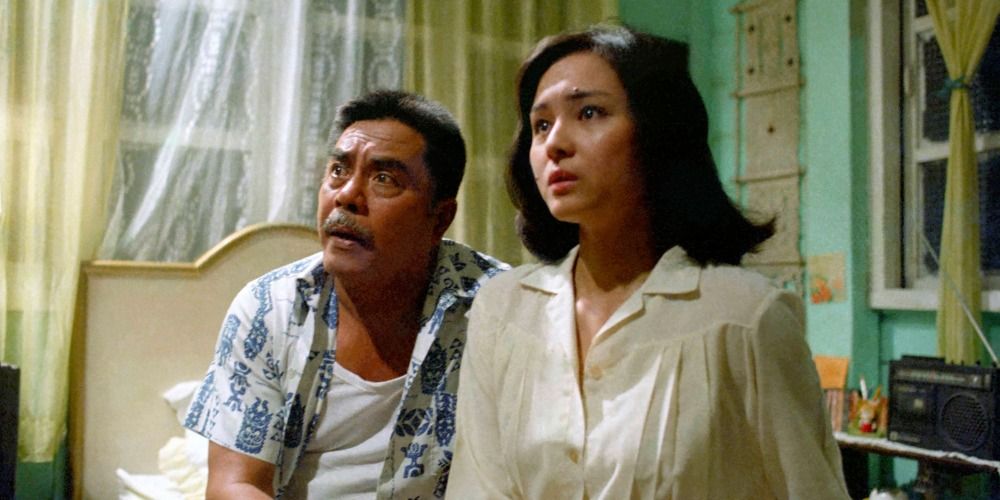
Most American horror aficionados are unaware of the controversial Filipino horror film Kisapmata, which tackles some major taboos. In the movie, an overbearing police officer named Santos makes life miserable for his wife and daughter, as well as his daughter’s new suitor.
Based on true events, Kisapmata is the kind of deeply disturbing psychological thriller on par with Alfred Hitchcock movies. It’s actors give raw, genuine performances that make the horrific psychodrama that unfolds all the more unsettling.
The Thing (1982)
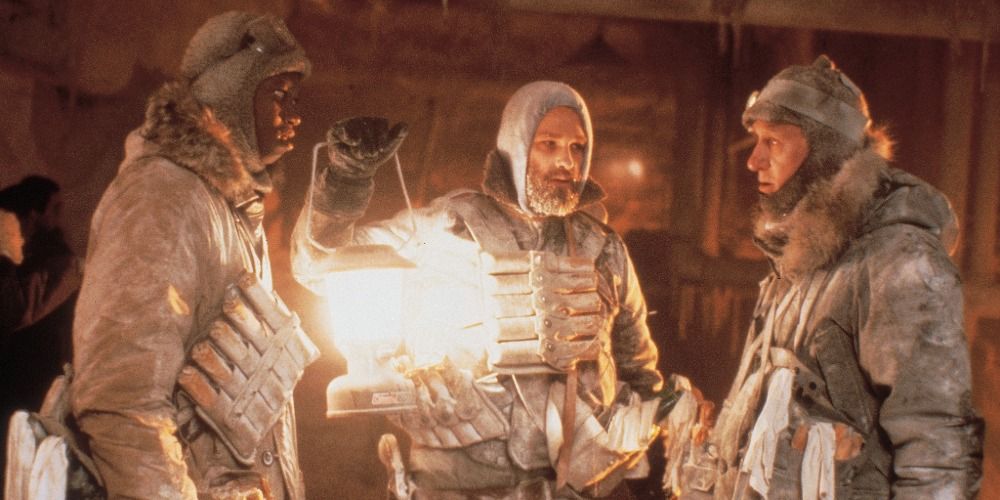
When The Thing was released in 1982, critics lambasted it for being too gruesome and bleak. Almost 40 years later, John Carpenter’s first big studio venture is considered one of the most important horror films of all time.
Loosely inspired by the works of H.P. Lovecraft, The Thing‘s events transpire at an Antarctic research station whose crew is overrun by a shape-shifting, parasitic alien. As the creature moves from person to person, resulting in some of the most insane body horror sequences in cinematic history, the research team slowly turns on each other.
Alien (1979)
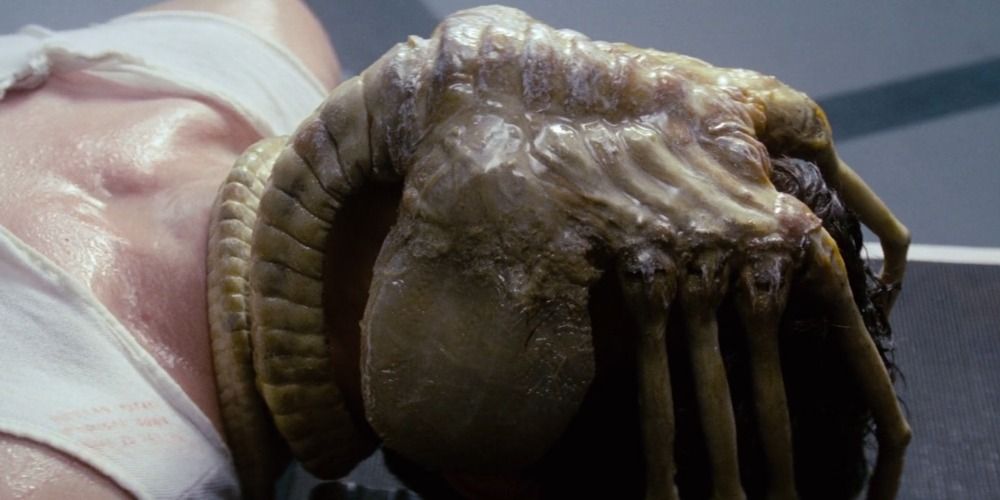
Ridley Scott’s Alien is a beautifully crafted, horrifying monster movie set in space. After the crew of the commercial spaceship Nostromo let a rapidly-developing alien on board, they are decimated one-by-one until only Sigourney Weaver’s character Ellen Ripley is left.
With its industrial sets, creature effects, and imaginative world-building, Alien made an indelible imprint in the collective imagination. It also launched a franchise, including both sequels and prequels.
The Shining (1980)
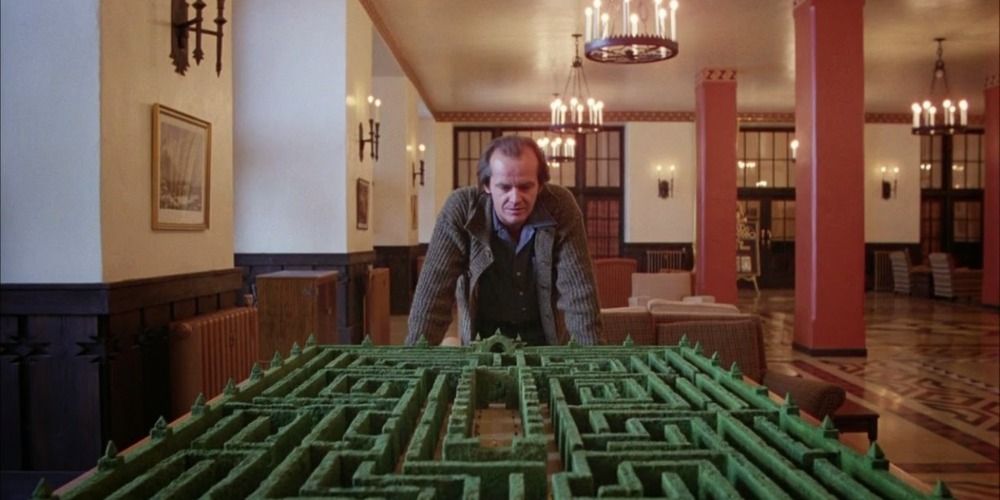
“Here’s Johnny!” Jack Nicolson and Shelley Duvall’s tortured performances as Jack and Wendy Torrance in The Shining are legendary. As he spends the winter taking care of the Overlook Hotel, Jack Torrance’s personal demons are made worse by the ghostly monsters haunting the old resort’s halls – monsters that push him toward violent thoughts.
Meanwhile, Jack’s son Danny, bestowed with a special supernatural gift, gains access to the dark world of spirits compromising his father’s sanity. Even though Stephen King didn’t appreciate Stanley Kubrick’s adaptation of his novel, The Shining remains one of the most iconic horror films of all time.
Silence Of The Lambs (1991)
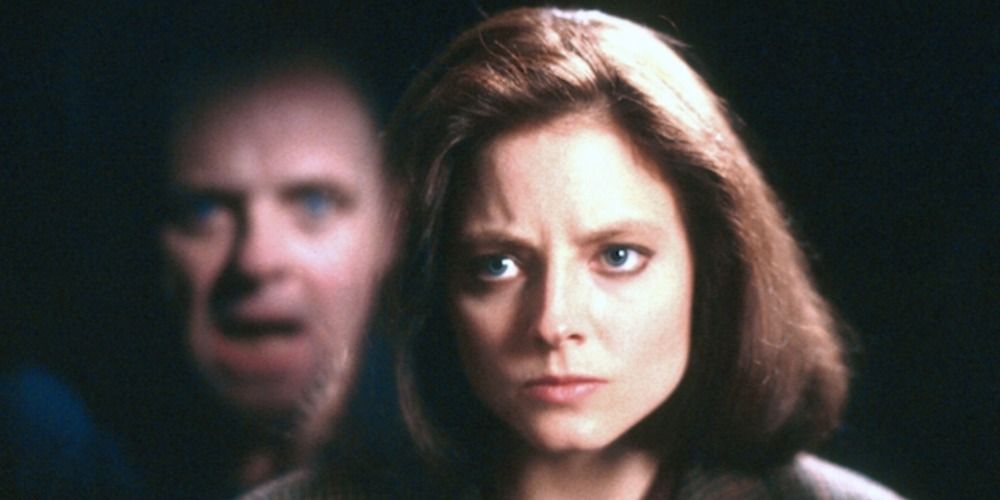
Jonathan Demme’s taut serial killer thriller is grounded in the real acts of terror people perpetrate against each other. Anthony Hopkins lept into a generation of moviegoers’ nightmares with his portrayal of Dr. Hannibal Lecter, the cannibal psychiatrist who loves playing mind games in Silence of the Lambs.
Jodie Foster plays aspiring FBI detective Clarice Starling, who is tasked with requesting Dr. Lecter’s help profiling a new serial killer. What ensues is a cat-and-mouse game between Starling, Hannibal, and the new murderer, Buffalo Bill.
Psycho (1960)
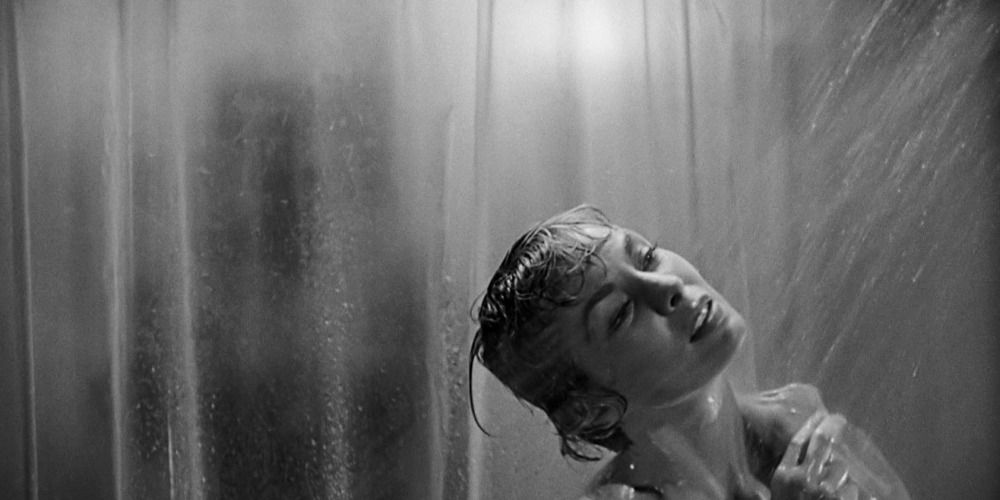
Paramount didn’t want Alfred Hitchcock to make Psycho, deeming its characterizations and themes far too distasteful and divisive. Hitchcock financed the film through his own production company for $1 million, relying on cheaper, B-movie techniques to make Psycho feel extra exploitative and repulsive.
The result remains perhaps the most important mid-century horror film, the kind of movie that flawlessly combines psychological fear with shocking, slasher-like violence. Anthony Hopkins’s performance as the disturbed Norman Bates is pitched perfectly against Janet Leigh’s as the morally ambiguous secretary who falls into Norman’s trap.
Check out LetterBoxd.com




